We want to educate and inform others about unethical AI practices so that you have the confidence, knowledge and resources to ask the question ‘But what about disabled people…’ whenever discussion about AI and age, gender or race discrimination appear on your business agenda.
We are building this resource library to share a wide range of information on disability discrimination in AI which is free to download and share. If you are involved in leading change on disability ethical? AI and would like to contribute to our resource library, please do get in touch.






